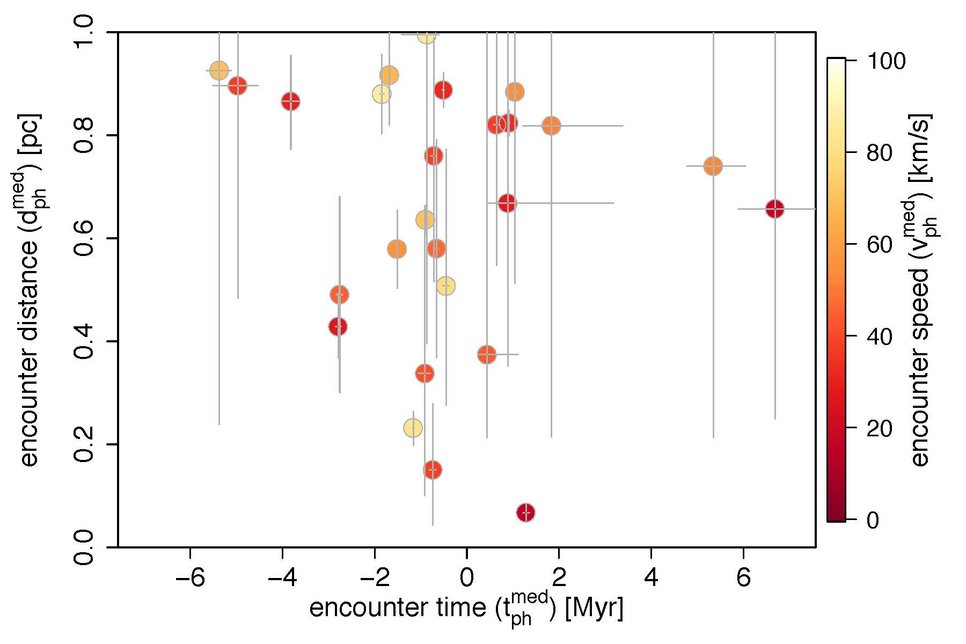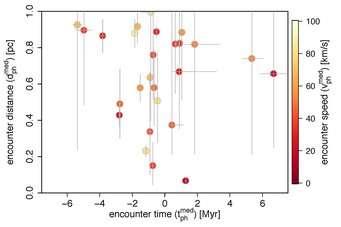Exoplanet Host Stars

To reliably detect and characterize planets, we need to understand their host stars: What are their temperatures, masses, and radii?
How active are their atmospheres? How has the star influenced the evolution of the planet and its prospects for habitability? Such characterization can be achieved through optical and infrared spectroscopy as well as time series analysis of variations in their brightness. Equally important to understanding the population of planets as a whole is to study the Galactic distribution and history of their host stars. We are working on a broad range of topics, including:
What are the fundamental properties of planet-hosting stars? Do they differ from planet-free stars?
Have stars exchanged material in the past? What is the origin of interstellar objects that have passed through our solar system (so far just 1I/’Oumuamua and 2I/Borisov)?
What is the influence of passing stars on a planetary system, for example in terms of perturbing its protoplanetary disk or Oort cloud comets? Has the solar system had any very close encounters with other stars or planetary systems in the past?
Have known planetary systems been exposed to ionizing radiation from nearby supernovae, with possible consequences for planetary habitability?
To address these questions we use statistical data analysis and machine learning tools to analyse large data sets. We are particularly active in using the astrometric, photometric, and spectroscopic data from the Gaia Galactic survey mission in order to characterize the distribution, properties, and motions of stars through the Galaxy.
